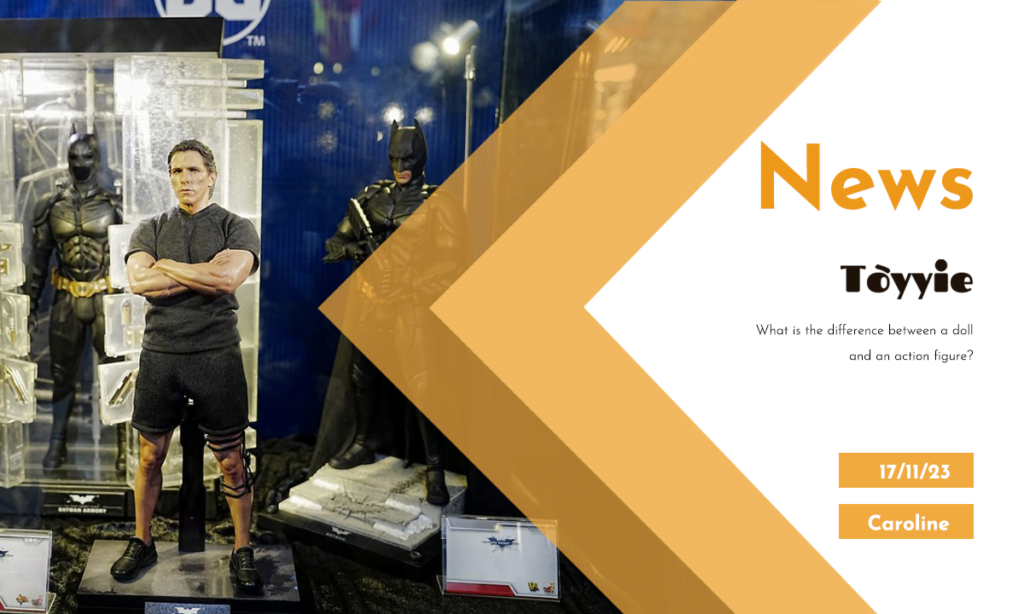Distinguishing between action figures and dolls has, historically, been shaped by societal gender norms that have become increasingly outdated. The belief was that boys wouldn’t be interested in playing with dolls, posing a challenge for the original G.I. Joe line in the 1960s. Fortunately, a stroke of marketing genius rebranded the G.I. Joes as ‘action figures,’ giving birth to a whole new subgenre.
While they are similar, there are still distinctions between them. Let’s take a closer look at the specific differences together.
The primary difference between a doll and an action figure lies in their design, purpose, and target audience. Here are the key distinctions:
Design and Appearance
Dolls:
Dolls are typically designed to resemble human or humanoid figures. They often have realistic facial features, hair, and clothing. Dolls are created with the intention of representing people or characters and are usually more detailed and lifelike in appearance.
Action Figures:
Action figures, on the other hand, often have a more stylized and detailed appearance, emphasizing their character or theme. While some action figures can represent human characters, they frequently depict characters from various media, such as superheroes, movie characters, or video game protagonists. They might have exaggerated features and costumes.


Articulation
Dolls:
Dolls, especially fashion dolls, typically have limited articulation. They may have movable limbs, but their range of motion is generally more restricted.
Action Figures:
Action figures are known for their articulation. They have multiple points of articulation, such as joints at the shoulders, elbows, hips, and knees. This allows them to be posed in various dynamic positions, making them suitable for action scenes.


Purpose
Dolls:
Dolls are often associated with activities such as nurturing, role-playing, and imaginative play. They are more commonly associated with children’s toys, particularly among younger girls.
Action Figures:
Action figures are typically designed for action-oriented play. They are often collected, posed, and used in scenarios that involve battles, adventures, and storytelling. They are popular among both children and adult collectors.


Target Audience
Dolls:
Dolls have a broader target audience, with a strong emphasis on girls as their primary demographic. However, dolls can be enjoyed by people of all genders and ages.
Action Figures:
Dolls have a broader target audience, with a strong emphasis on girls as their primary demographic. However, dolls can be enjoyed by people of all genders and ages.


Collectibility
Dolls:
While some dolls are collectible, the doll market tends to be more focused on children’s play and traditional dolls like fashion dolls (e.g., Barbie).
Action Figures:
Action figures are often highly collectible. Many adults and enthusiasts collect action figures from various franchises and may keep them in mint condition as part of a hobby.
A Friendly Reminder
Looking back to the 1980s, the original She-Ra toy line aimed to bridge the gap between dolls and action figures. Despite all their cool accessories, we would categorize She-Ra and her companions as action figures. More recently, the DC Super Hero Girls line combined doll-like characteristics with action figure-inspired accessories. Even some of Disney’s Frozen Elsa toys arguably fall into the action figure category. At this point, we won’t dispute Elsa’s status as a rare hybrid of superhero and princess!









